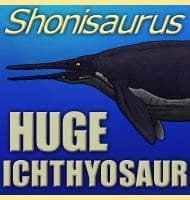Phuwiangosaurus
In Depth Phuwiangosaurus was first named as a titanosaurid dinosaur in 1994, and was the first named sauropod dinosaur known to have come from Thailand. The name Phuwiangosaurus translates as ‘Phu Wiang lizard’ and is a reference to the district of Phu Wiang District of Thailand. The species name P. sirindhornae was in honour of … Read more
